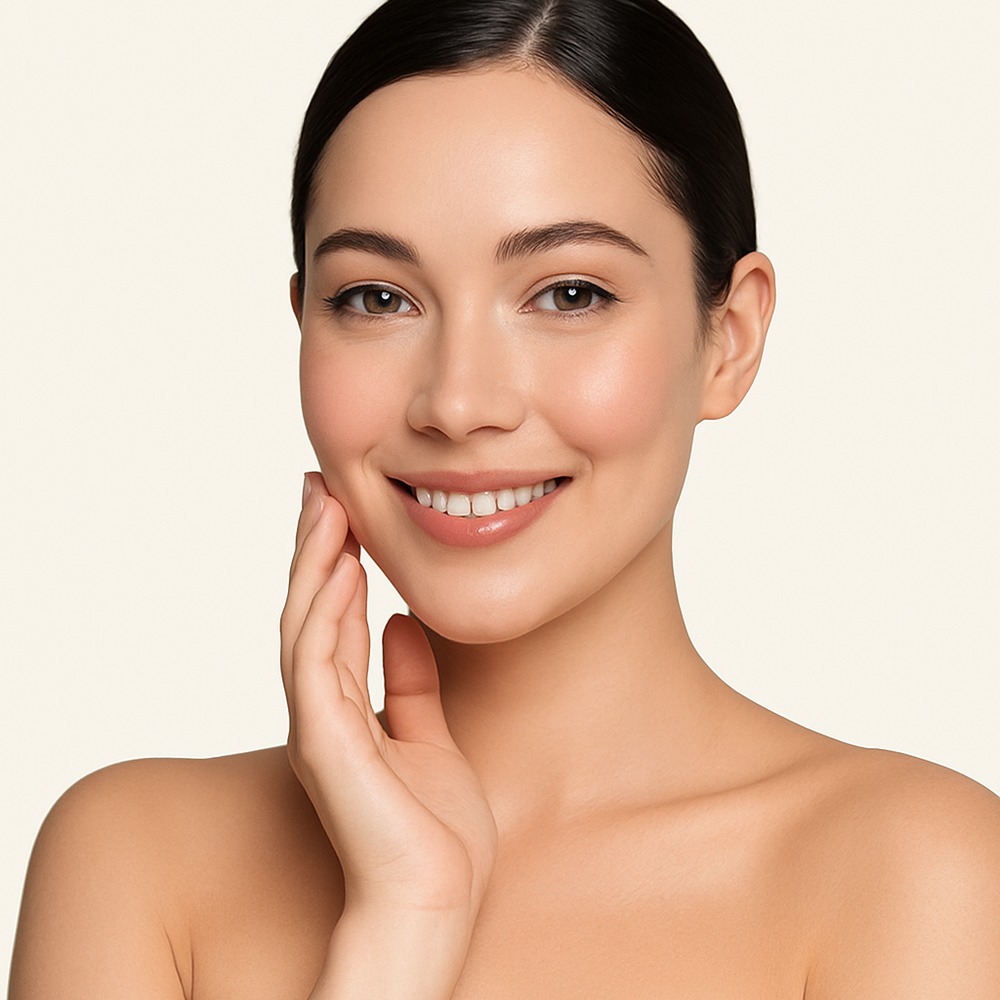I. INTRODUCTION: A Look at the Concept of Beauty
Beauty – sometimes hides in a smile, sometimes in a gaze, and sometimes in silence. However, the beauty standards created by society often restrict this naturalness and unique beauty into narrow frames. On one hand, these standards provide aesthetic guidance to women; on the other hand, they place them in a framework of criticism and comparison. So the question is: do these standards really make a woman more beautiful, or do they force her to search for her own beauty?
This article will explore how beauty standards were historically, culturally, and socially formed, how women change by adapting to these standards, and how true beauty is influenced by these perceptions.
II. BEAUTY STANDARDS THROUGH HISTORY
1. From Ancient Times to the Present
Throughout history, the concept of beauty has been shaped differently depending on time and place. In Ancient Egypt, symmetrical facial features and black eyeliner were prized; in Ancient Greece – ideal body proportions; in Medieval Europe – pale skin and delicate bodies were considered the pinnacle of beauty.
During the Baroque period, full-bodied women were seen as symbols of wealth and prosperity. In the early 20th century, slim waists, big eyes, and thin lips became fashionable. In the 1990s, a style known as “heroin chic” – thin and pale appearance – took center stage.
2. Beauty by Numbers
The 90-60-90 measurements were long presented as the ideal female body shape.
Makeup trends, hairstyles, and lip shapes changed with each decade, reshaping women’s aesthetic expectations.
III. MEDIA AND FASHION: SOURCES OF STANDARD SPREAD
1. The Role of Advertising
Advertisements not only show women how to “look beautiful,” but also increase their insecurities about their bodies and appearances. Makeup products, diet items, plastic surgery ads, “before and after” images – all of these can prevent a woman from loving herself as she is.
2. Social Media and Filter Culture
Platforms like Instagram, TikTok, and others often showcase “ideal looks” that are far from reality. Filtered and digitally altered images intensify dissatisfaction with one’s own appearance. This can lead to psychological issues – depression, low self-esteem, and body dysmorphia.
IV. HOW STANDARDS CHANGE WOMEN
1. Physical Changes
Sometimes women decide to change their bodies to fit society’s beauty standards. This includes:
-
Cosmetic procedures: nose surgery, lip fillers, botox, facial fillers
-
Constant dieting and exercising to achieve the ideal figure
-
Increased attention to skincare and haircare
2. Behavioral and Social Changes
Women also try to conform behaviorally and stylistically to beauty molds:
-
Speaking more softly
-
More delicate and “feminine” movements
-
Regularly adapting to trends
V. BEAUTY STANDARDS: EMPOWERING OR LIMITING?
1. Positive Aspects
-
Motivates women to care more about themselves aesthetically
-
Enhances creativity through fashion, makeup, and self-expression
-
Facilitates cultural exchange of beauty ideals
2. Negative Effects
-
Constant self-comparison with others
-
Psychological pressure: “I’m not beautiful enough”
-
Loss of authenticity: everyone starts to look the same
-
Financial burden: expenses for cosmetics, procedures, and fashionable clothing
VI. BEAUTY PERCEPTION ACROSS CULTURES
1. In African Tribes
In some tribes, large lip plates, body painting, and braided hairstyles symbolize beauty. Here, beauty is about uniqueness, cultural belonging, and identity.
2. In Japan and Korea
Fair and glowing skin, large eyes, a slim nose, and a “baby face” look are highly valued. This has led to a rise in the cosmetic surgery industry.
3. In the Western World
Individuality has started to gain importance. Not only slim figures but diverse body types and skin tones are increasingly recognized as beautiful.
VII. FEMINISM AND THE RESPONSE TO BEAUTY STANDARDS
The feminist perspective argues that beauty standards restrict women’s freedom. According to this view, women should not be seen merely as objects of beauty, but valued for their individuality and intellect. The “body positivity” movement emerged within this context – every body is beautiful, and no one is obligated to conform to any standard.
VIII. WHAT IS TRUE BEAUTY?
1. Naturalness and Self-Love
The most beautiful woman is the one who loves herself. With or without makeup, surgery, or any aesthetic change – if a woman can accept herself as she is, that is already beauty.
2. Beauty and Depth of Soul
True beauty is not just about face and body – a woman’s voice, thoughts, emotions, compassion, and intelligence also shape her beauty.
IX. CREATING BEAUTY FROM WITHIN, NOT FROM THE OUTSIDE
Beauty standards offer a frame. But a real woman doesn’t fit into that frame. She is sometimes a smiling mother, sometimes a hardworking employee, and sometimes a woman looking in the mirror saying, “I am beautiful.”
What should a woman do to enhance her beauty?
-
Love her own body
-
Listen to her inner voice
-
Trust her feelings, not just others’ opinions
-
Measure beauty not by numbers, but by life itself
X. CONCLUSION: A Woman’s Beauty Lies in Her Freedom
Beauty standards are actually society’s coded perception of how a woman should look. But a woman’s power lies in breaking that code and writing her own. Beauty is not a definition – it is an expression. A woman is beautiful not only because of her looks – but because of her presence.
Question for the Reader:
Do you think society’s beauty standards help women express themselves, or do they trap them in specific molds? Share your thoughts with us.

